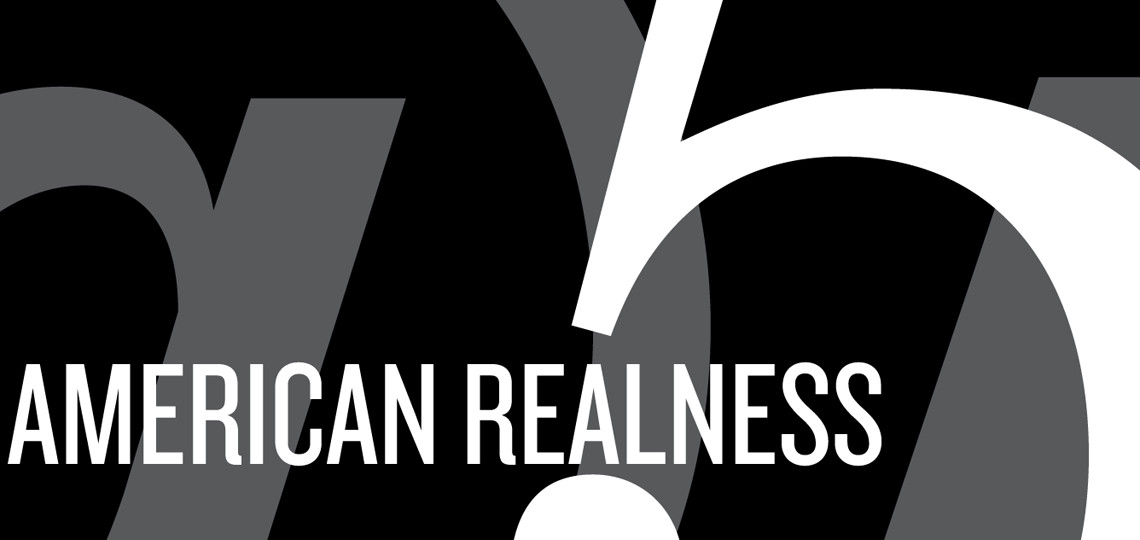Editor’s Note
American Realness turns 5!
Big F*cking Deal.
by Buck Wanner
Five years somehow seems like an appropriate moment for reflection. When American Realness appeared for the first time in January 2010, it was an immediate breath of fresh air to the downtown dance scene. Exciting, provocative, and expressly American, it gave us remounts of some of our favorite pieces of the past year—a rare occurrence in this community—as well as a few things that hadn’t made it to New York, within the span of a few short days. And it arrived just after the New Year. Most of us had had a few days break for various holidays, so were all refreshed and whatnot, and we got to start off the year with a concentrated dosage of awesome dances that we either loved and wanted to see again, or missed and excitedly got to catch this second time around. It was a hit, and it gave us a hit of energy during a time when we generally laid back, attended our rehearsals, or went and saw any of the dozens of theater shows we finally had time to see since there weren’t any dance shows happening.
Since then it’s recurred, expanded, added new directions. And become a staple. When the festival first landed, it came as a surprise. American Realness is not going to surprise us anymore, at least not in that sense, because we expect it now.
And about time.
In considering how Reading (yet another recent development of this festival) should relate to the festival this year, one phrase from the press release stuck with me: “once again”. Almost every mention of the festival over the past years included some nod to it being “challenging”, “upstart”, even “game-changing”. Well, consider the game changed. At five years running, it would seem strange to suggest that the festival is still an upstart. American Realness is now established, its format repeatable, its content categorizable. Where the first years featured manifestos, now the announcements get straight into the content of the festival itself.
But doesn’t that just mean that we have come to recognize what the festival initially sought to draw our attention to? The festival argued for the recognition of a particular aesthetic, one that we now notice out in the world partially because it has been highlighted year after year in American Realness. Now the festival is even pushing the recognition of that aesthetic beyond the borders of its initial American particularity. Forget fighting for a place at the table—let’s go find some more tables to sit at.
The festival has been highly successful at pointing out what was sorely missing from the landscape of APAP and the January festival season. But now that we’ve noticed, let’s take a closer look at what this thing is, what the work it presents is giving us, what the artists who make up these 11 days in January do—not “do differently”, but just do, on their own terms. Again, somehow five years seems to allow for a moment of reflection. This also reiterates the concept of Reading, which is to reflect on the festival, which itself already reflects on the performance landscape. In this vein, I invited contributors to focus on what the festival is, in itself, both in the broader landscape and on its own, within its own history. For some this will manifest in broad reflections on aesthetic or political themes, for others it stays close to individual artists and issues in their work. What I hope this year’s iteration of Reading can do is give us ways to think about what the artists in the festival do individually as well as what they say in the context of one another. I’m looking forward to reading thoughts and writings from Effie Bowen, Ryan Tracy, Samara Davis, Jeremy Barker, Marissa Perel, Lydia Mokdessi, Lauren Bakst, and Keith Hennessy. Their writings will appear here over the course of the next several days, so keep checking back in for provocations, investigations, and perspectives concerning the shows, works and events you’ll be attending through January 19th. Five years and running—let’s see what all these people have to say.

